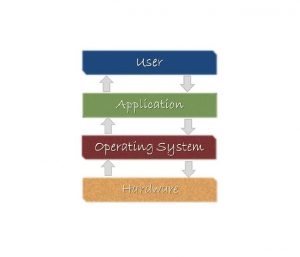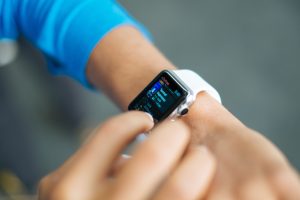As technology continues to evolve through the years so do the number and diversity of the end user. Prior to 1980, most computing was done on main frames controlled by professional IT personnel.1 Today, almost anything can be done on a smart device in the hands of one to 100 year olds- including managers, students, accountants, home makers, engineers, teachers, scientists, health care workers, salesmen, etc. Each generation and skill level having their own specific set of needs that are diverse, complex and constantly changing.
When developing a software project it is crucial to tailor it to the needs of the end user as they will be using and benefiting from the product. If it is not developed to the requirements, wishes and specifications of the user, it will most likely fail.2 This can be a difficult task as the size and diversity of the targeted group of end users often vary. Continue Reading







